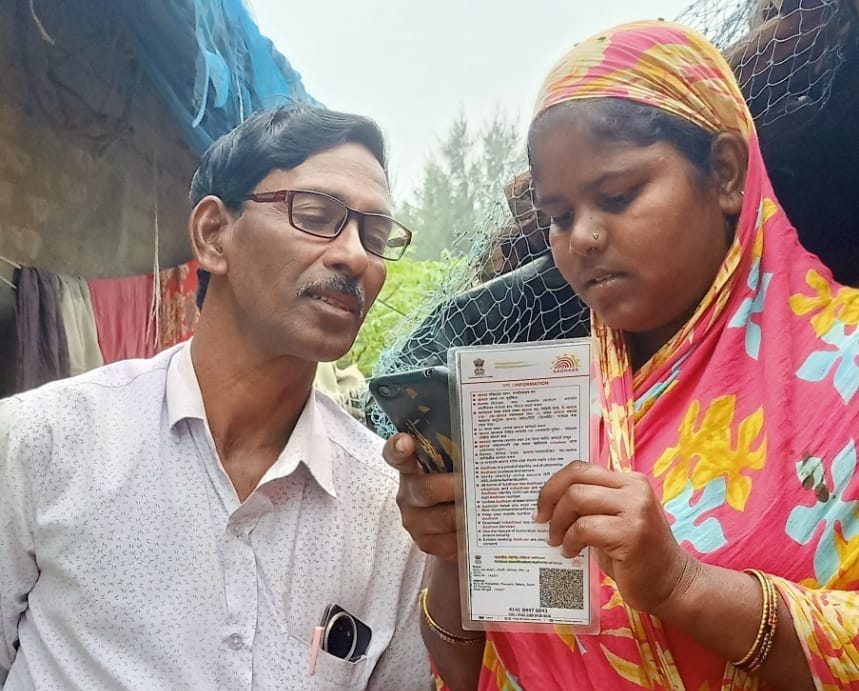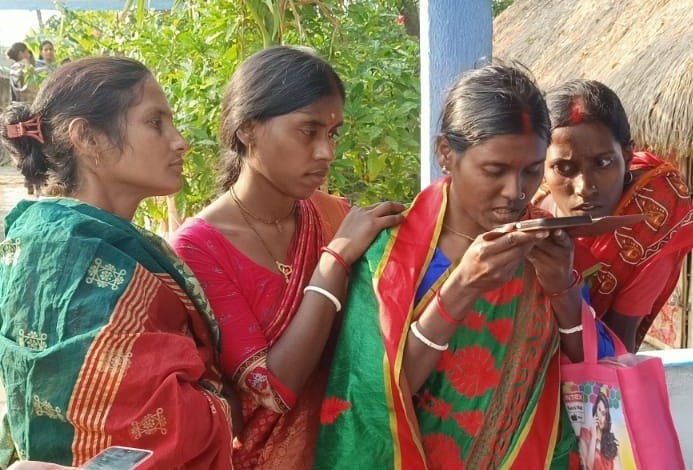Akshvi: Because Every Loss Matters
by Divya Gupta, Associate Director, Partnerships & DR Intelligence and Lead of ADRRN's Localisation Hub
Across Asia, communities are confronting climate extremes with growing frequency and severity: typhoons in the Philippines, floods in Bangladesh, heatwaves in India, and landslides in Nepal. Yet, while disaster headlines often focus on collapsed bridges or submerged roads, the deeper, human impacts - missed school days, lost livelihoods, mental stress, shattered homes, and ruptured community support systems - rarely make it into official records.
This gap in recognition and data poses a crucial question: How can we ensure that every loss is counted, and every voice is heard?
That is where Akshvi steps in, combining human empathy with the power of technology to put people, their stories, and their needs at the centre of disaster recovery.
Rooted in the principles of localisation and community-led leadership, Akshvi brings data ownership and decision-making power closer to those directly affected by disasters.
Born in India, Akshvi, short for Aapda Kshati Vivaran (Disaster Loss Description), is a pioneering platform that centres disaster-affected communities in their own recovery. It enables individuals to self-report disaster losses, both economic and non-economic, in real time.
Whether it is a smallholder farmer in Bihar, a fisherwoman in coastal Bangladesh, or a vendor in the informal streets of Manila, Akshvi offers a voice - and a choice. Through simple tools like IVRS (voice calls), WhatsApp chatbots, or trained local volunteers, even digitally excluded communities can securely log their losses.
Each household is equipped with an e-Disaster Wallet, a secure digital ledger that records their damages, needs, and recovery status. For many marginalised groups, especially women-headed households and informal workers without formal documents, this becomes a powerful tool to access timely support, validate claims, and maintain visibility.
Piloted across 5 Indian states, the platform was activated during 3 real-time disasters. Following Cyclone Dana, hundreds of families used Akshvi to document their losses, leading to faster relief assistance from international donors, immediate compensation from the government, and targeted recovery support through the innovative "Scheme Discovery" system. The result was not only quicker aid delivery but also stronger coordination among all response actors on the ground.
I remember meeting a young mother in the Sundarbans, standing quietly amidst the ruins of her home. She softly said, “For the first time, someone asked me how I felt… what I was going through… what I truly needed.” Her words have stayed with me. Through Akshvi, people like her found a safe, trusted space to speak, free from judgment or bureaucracy.
Akshvi is not just a homegrown Indian innovation, it is a scalable, adaptable model for Asia. With minimal contextual tweaks, it can be integrated into disaster risk reduction systems across the region. Its hybrid model of tech and human facilitation ensures reach even in fragile and remote areas.
Akshvi stands at the intersection of technology, social equity, and disaster resilience. It challenges the status quo by asking: What if the people most affected by disasters became the primary source of information? What if recovery planning started with listening, not just measuring?






